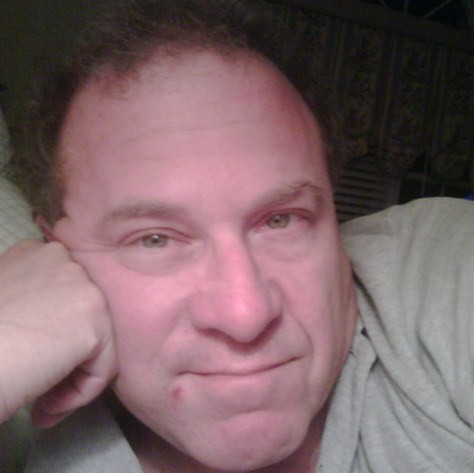I described four different models which are all used:
1) Generalized arousal reduction. This approach which most often includes use of sEMG, EEG and thermal biofeedback, is aimed at
<
a) turning down the volume at the various pain gates, originally described by Melzack and Wall in their Gate Control theory of Pain.
b) training clients in minimizing the stress of pain, which Barbara Brown, one of biofeedback's early pioneers described in one of her later books.
c) cultivated low arousal, as a means of finding a mode of functioning which is most at peace with pain.
When I made the presentation, in 1994, there had not been much work yet discussed on the use of EEG biofeedback in the treatment of pain. Since then, a number of practitioners have presented on this approach, including Victoria Ibric and Frank Ramos. I feel that this central nervous system approach also falls under the generalized arousal reduction model.
Since the presentation, David Hubbard and Dick Gevirtz, who may even have also presented at that meeting, came up with a new model for trigger point pain based on sympathetic mediation. This model also suggests that arousal reduction plays an important role
2) muscle relaxation training:
aimed to directly reduce muscle spasm associated with specific pain sites-- headache, trigger points, lesions related to injury
3) Kinesiogic multi channel sEMG assessment and static muscle scanning
Assess muscle kinesiology-- interaction of muscles at multiple sites, evaluating co-contraction, inhibition, weakness, dishinhibition, spasm, over activation, bracing, guarding, splinting, etc. That enables you to identify which sites to work on strengthening or relaxing, or, often, a combination of both. (I co-developed, with Jeff Cram, static muscle imaging software for this purpose.) People active in developing this approach clinically include Stu Donaldson, Barbara Headley, Susan Middaugh, Moshe Meyerowitz, Bob Tosh, Steve Wolf, GLen Kasman, David Hubbard, Dick Gevirtz, Bob Clasby, etc. I have more information about this on my website, under SEMG, since I organized the World's 1st Clinical Surface EMG Meeting in 1996.
4) Self Regulation of the emotional dimension of pain:
Once pain becomes chronic, usually after 6 months, the emotional and motivational aspects of pain become increasingly important factors. Pain patients tend to blunt, inhibit or entirely block experience of all emotions in a "sledge hammer" approach to diminishing experiencing the emotional discomforts of their pain experience. The result is often manifested in depression, anger, dysthymia. Euthymia and alexithymia (inability to express or feel emotions.) Biofeedback can be used to re-connect the client with his or her feelings, through the use of emotional self regulation strategies. (I first presented on this approach at AAPB in 1986, at lest six or seven years before Dan Goleman wrote his book on emotional intelligence)
I wrote a chapter covering some of this, which originally appeared in a book edited by Jeff Cram, CLINICAL SURFACE EMG Vol. 2.
The chapter title is: Emotional Self Regulation and Facial Expression Muscle Measurement and Training.
You can find that article on my web site at: http://www.futurehealth.org/SmileAnatomy.htm
Other dimensions of this emotional self regulation approach are to be found at my website:
WWW.positivepsychology.net, in chapters from my book, the Happiness Response.




